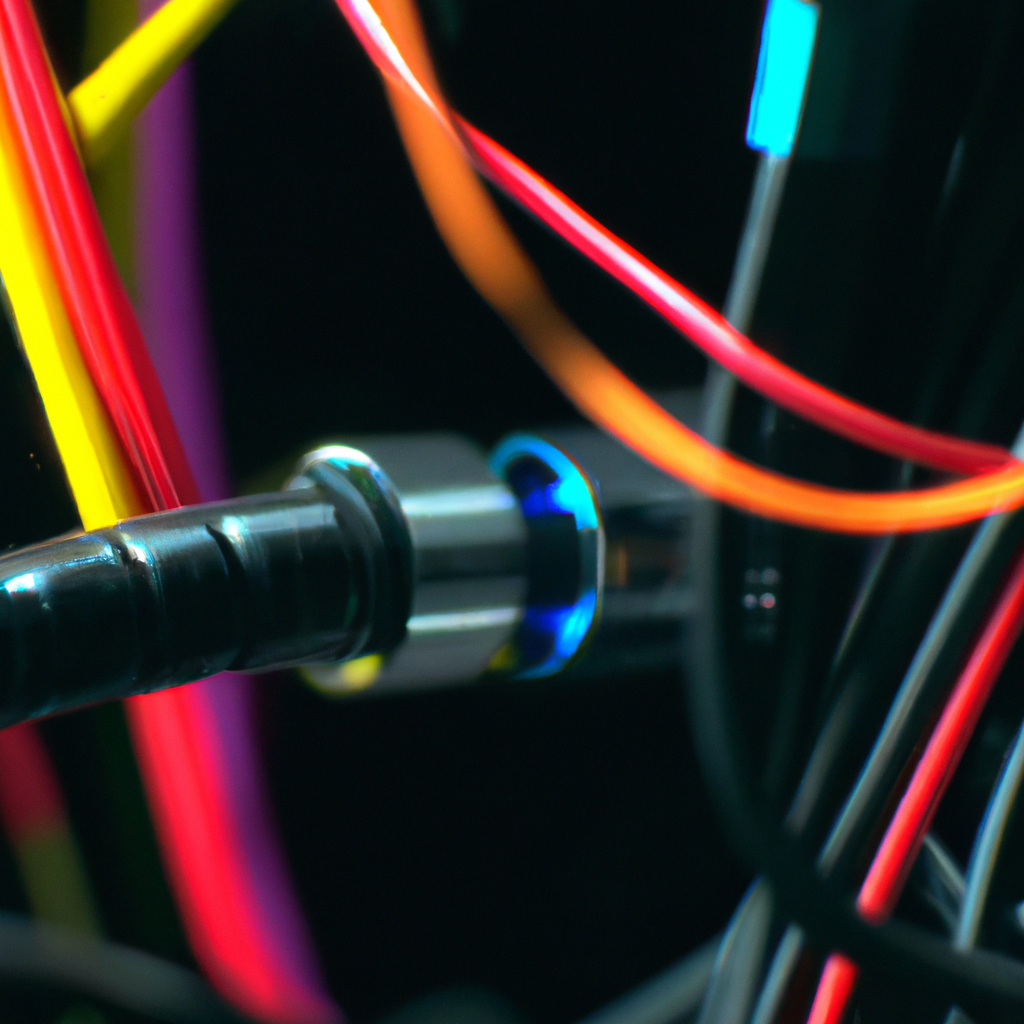Fiber optic internet is a form of internet that utilizes fiber optic cables to transmit data. It is known for its high-speed internet and reliability. But how does fiber optic internet work? In this article, we will explore the technology behind fiber optic internet and how it works in the internet infrastructure.
How Fiber Optic Internet Works
Fiber optic technology uses glass or plastic fibers to transmit data in the form of light. The fibers are tiny, about the size of a human hair, and are bundled together in cables. These cables can transmit data over long distances without losing signal quality or strength.
Fiber optic cables are made up of three main parts: the core, the cladding, and the buffer coating. The core is the center of the fiber, where the light travels. The cladding is a layer of glass or plastic that surrounds the core and reflects the light back into the core. The buffer coating surrounds the cladding and protects the fiber from damage.
To transmit data through fiber optic cables, light is sent through the core. The light is then reflected off the cladding and sent back into the core. This process continues until the light reaches its destination. The data is encoded onto the light using a process called modulation. The light is then decoded at the receiving end, and the data is extracted.
Fiber optic internet works by using fiber optic cables to transmit data from the internet to your home or business. The cables are connected to a modem, which converts the light signals into electrical signals that can be used by your computer or other internet-enabled devices.
Advantages of Fiber Optic Internet
Fiber optic internet has several advantages over traditional internet technologies, such as DSL and cable internet.
1. High-speed internet: Fiber optic internet can provide internet speeds of up to 1 Gbps, which is significantly faster than other internet technologies. This means that you can stream videos, download files, and browse the web at lightning-fast speeds.
2. Reliability: Fiber optic cables are less susceptible to interference from other electronic devices, which means that the internet connection is more reliable. You are less likely to experience interruptions or slowdowns in your internet connection.
3. Security: Fiber optic cables are more secure than other internet technologies. Because the data is transmitted using light, it is much more difficult to intercept or hack than data transmitted using electrical signals.
4. Future-proof: Fiber optic internet is a future-proof technology that can support new applications and services as they become available. This means that you won’t have to upgrade your internet infrastructure as often as you would with other internet technologies.
Conclusion
Fiber optic internet is a high-speed, reliable, and secure form of internet that utilizes fiber optic cables to transmit data. The technology behind fiber optic internet is based on the use of light to transmit data over long distances. Fiber optic internet has several advantages over traditional internet technologies, such as high-speed internet, reliability, security, and future-proofness. As more and more people demand high-speed internet, fiber optic internet is becoming the preferred choice for internet service providers and consumers alike.







